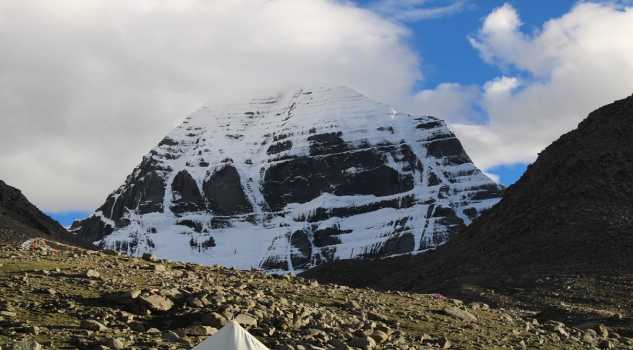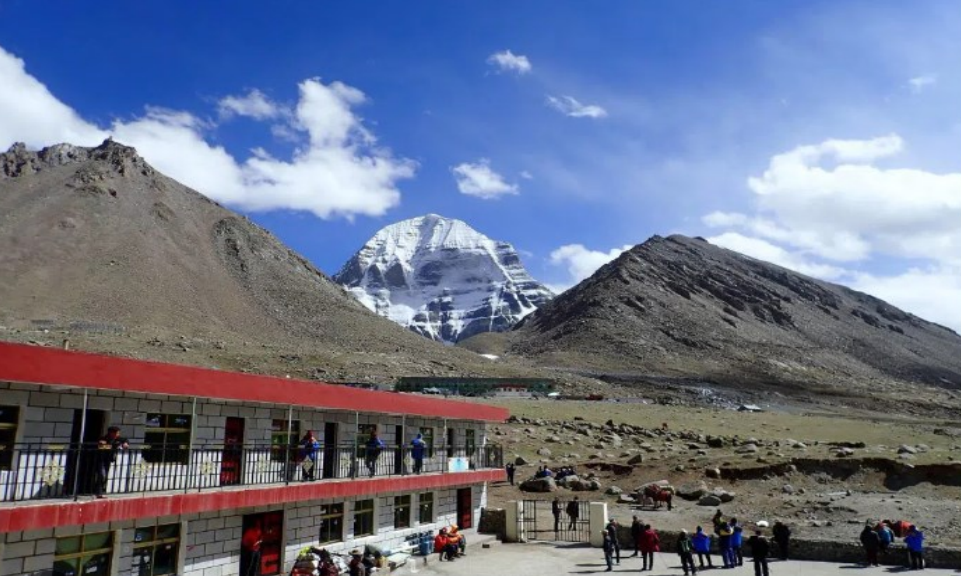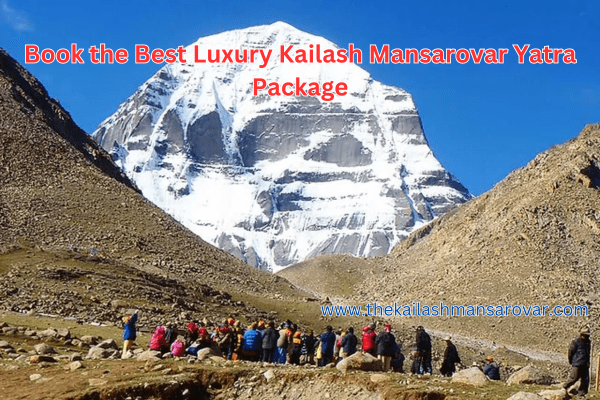Clothing
Casual wear and comfortable walking shoes are recommended to travel to Tibet. Be sure to bring warm clothing as nights and early mornings can be quite chilly to downright cold. Indian woman Pilgrims are strictly advised not to wear Sari. Bring all the medicines, cosmetics, personal toilet items, etc. that you need at home as these are difficult (if not impossible) to obtain on the way. A small first aid kit is also a good idea. Also, quite useful to have a route map, to know where you are going and have been each day.
What to take
Winter wear: Gore-Tex material though expensive is highly recommended to beat the chilling cold. Also, carry down jacket, raincoat or windbreakers, thermal underwears, Jackets, warm trousers & woolen shirts (cotton will also do), warm sweaters, woolen gloves, sun hat, sunglass, comfortable shoes, light leather boots in case of snow, woolen balaclava (‘monkey cap’) & scarf/dust mask to protect your eyes & nose from dust and cold.
Bring with you
Snacks along the way. Chocolates, dry fruit, toffees, glucose; ‘nankeen, etc. Strong water bottle & water purifying tablets. Personal medical kit and Diamox tablet (for high altitude), Sunglasses (to protect your eyes from UV, which is especially strong in high altitudes), sunblock or sunscreen lotion, wet tissues (Fresh-ones are excellent to wipe off the dust), clothes-line/clips, needle & thread, deo-spray (handy for smelly boots/feet and for a round of spray in the toilet tent!), toilet paper, torch & spare batteries, daypack (small shoulder bag), Camera & films, Binocular.
Health
This is one of the toughest high-altitude road journeys on earth. You Must be physically fit – no two ways about that. Generally, patients with asthma & heart problems have a problem acclimatizing to high altitudes. In your interests, it is essential that you be examined by your doctor to know about your health condition and your ability to cope up with the rigors of high altitude travel for days in ‘no road’ conditions, extreme cold, dust, trekking to an altitude of 19500ft during the Parikrama, etc.
Altitude Sickness
As you are traveling over high terrain, you are likely to experience symptoms and discomfort of altitude sickness (headache, loss of appetite, nausea, exhaustion, sleeplessness, breathlessness, etc.) until your body adjusts to the elevation. This can take a couple of days or more depending on an individual. For this reason alone, we have made it mandatory to stay 2 nights at Kerung before moving on to the higher altitudes. Be calm, and do not exercise. Do not drink alcohol or smoke prior to and during the tour. We also recommend you carry a strip of Diamox tablets. Do consult your physician on the dosage. We provide a Gamow bag (a special equipment to prevent sickness from high altitude) on this tour.
Currency
The unit of Chinese currency is Yuan. USD 1 = 6.00 Yuan. 1 Yuan = INR 10.00 approx, Money can exchange at the Bank of China at Zhangmu or from the locals at Zhangmu or Kodari. Exchange all your remaining Yuan at the end of the trip at Zhangmu itself before re-entering Nepal.
Risks & Liability
Therefore, the company and its counterpart shall not be responsible for any change and alteration in the program due to unavoidable circumstances such as landslide, road blockage, flood, snow, political unrest, cancellation of flight, delay arrival, delay issue of permit and visa, sickness or accidents. Any extra cost incurred thereof shall be borne by the clients on the spot.






